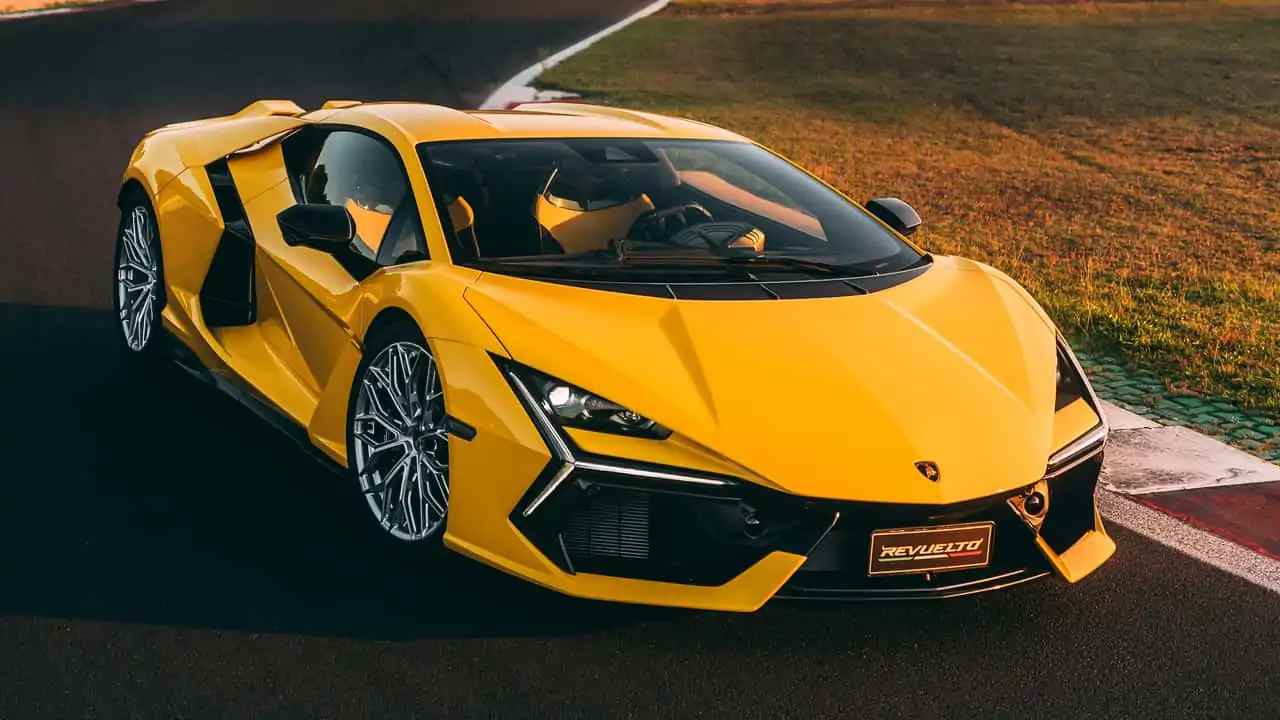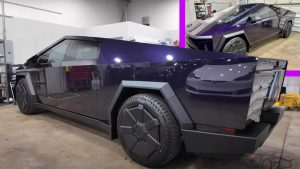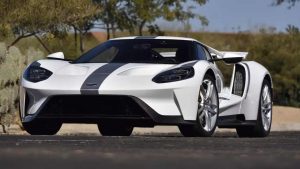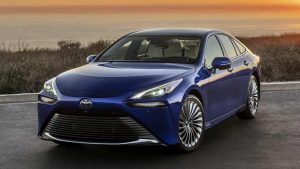Lamborghini to keep combustion engines alive into the 2030s, monitoring synthetic fuels

Lamborghini, the renowned Italian supercar manufacturer, is not in a hurry to phase out combustion engines (ICE) in its sports cars, according to Chairman and CEO Stephan Winkelmann.
The company will be launching electric vehicles (EVs), with the first one, the Lanzador, expected in 2028, but the future of ICE powertrains in Lamborghini’s lineup is yet to be decided.
Winkelmann explained that Lamborghini can wait for a few more years to see if synthetic fuels can offer a potential solution for extending the life of ICE. The decision to keep ICE depends on factors like whether regulators worldwide will accept e-fuels and if their production can be scaled up to meet demand.
While Lamborghini is embracing electrification with plans to introduce EVs like the second-generation Urus and Lanzador, the company is open to exploring synthetic fuels to reduce the emissions from its ICE models. Winkelmann believes that a time will come when performance-oriented EVs will surpass ICE models in terms of agility and efficiency by utilizing enhanced battery energy density, allowing for smaller and lighter battery packs.
The CEO emphasized that on a global scale, focusing on the scalability of e-fuels makes more sense, as billions of ICE cars are expected to remain on the roads in 2035. Lamborghini aims to take a calculated approach to the transition to EVs, ensuring that its EV supercar will be a benchmark in terms of performance when it eventually arrives.
While Lamborghini is preparing to launch EVs, it plans to continue with combustion engines in some models while keeping an eye on the evolving automotive landscape. The Lamborghini Revuelto and the upcoming Huracan successor will have life cycles of eight to nine years, which means they are expected to remain in the lineup until around 2030 or 2031.





